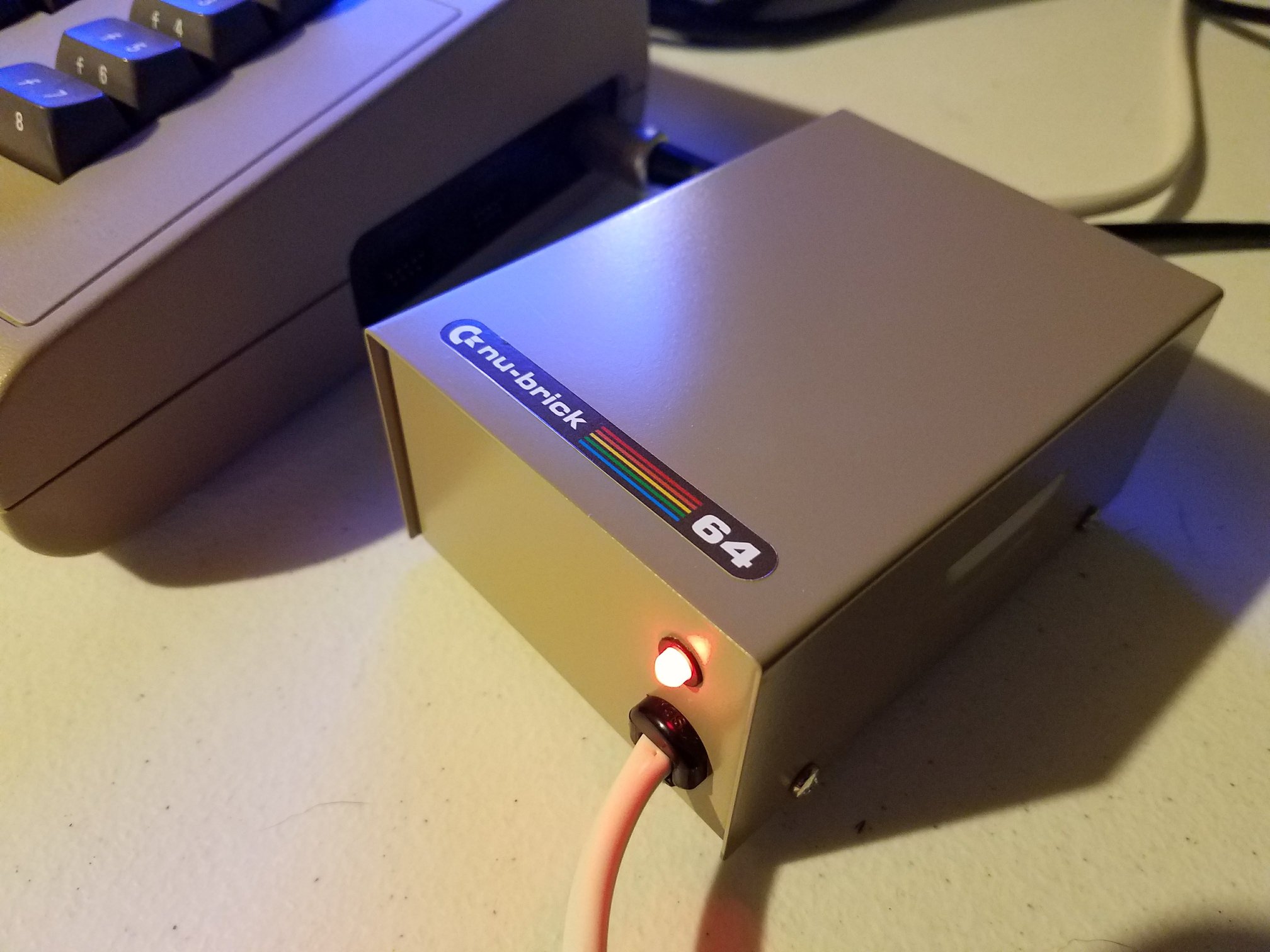In this captivating episode of Modern Vintage Gamer, Dimitris takes viewers on a deep dive into the Commodore 64’s capabilities, particularly its ability to play digitized speech—something that initially seemed impossible for this home computer. The story begins with Dimitris recalling his childhood experiences with arcades, where he was wowed by the groundbreaking sound design of Nintendo’s Punch Out! (1984). However, he wondered if a home system like the C64 could ever match this level of audio sophistication.
The SID Chip and Its Limitations
The key to unlocking the C64’s ability to output digitized samples lay within its SID chip, the heart of its audio system. While the SID chip was revolutionary for its time, it lacked the ability to handle PCM (pulse code modulation), the standard for digitized sound. This meant that, unlike arcade systems, the C64 could not easily output voice samples. Or so it seemed.
Breaking the Barrier: Impossible Mission and Ghostbusters
In 1984, two groundbreaking games—Impossible Mission and Ghostbusters—shattered this notion. These games included digitized speech on the C64, a feat that Dimitris had never thought possible. Although these sounds were crude by modern standards, they demonstrated the ingenuity of developers who pushed the limits of the hardware. The trick? A bug in the SID chip that allowed programmers to manipulate the chip’s volume register to generate digitized samples, despite the absence of proper PCM support.
The SID Bug: Unlocking Digitized Sound
Dimitris explains the bug in detail using a basic program to generate noise on the SID chip, illustrating how manipulating the volume register created an unexpected “pop” sound that ultimately allowed for the playback of digitized audio. By using this bug, developers could feed digitized data directly to the volume register, producing basic sound samples on the C64 without additional hardware.
The Experiment: Playing a Classic Line
To show how this works in practice, Dimitris records a sample of the iconic line “Stay a while, stay forever” from Impossible Mission, downsampled to match the C64’s limited audio capacity. After adjusting the sample data and playing it through a basic program, the results are audible—though rough—demonstrating that even the C64 could manage digitized speech with creative programming.
Limitations and Advancements
However, the limitations of this method became clear: the sound quality was soft, especially when using the later 8580 SID chip, which resolved the volume bug but also reduced the ability to output digitized samples effectively. Dimitris touches on advanced techniques that developers later discovered, including using a triangle waveform and factory test bits, to achieve cleaner sound samples.
Conclusion: Pushing the Boundaries of the C64
This episode showcases the ingenuity behind the C64’s audio capabilities, proving that the system was capable of far more than originally intended. Dimitris concludes by exploring how the demo scene pushed these boundaries even further, providing insight into how smart developers managed to make the impossible, possible.







